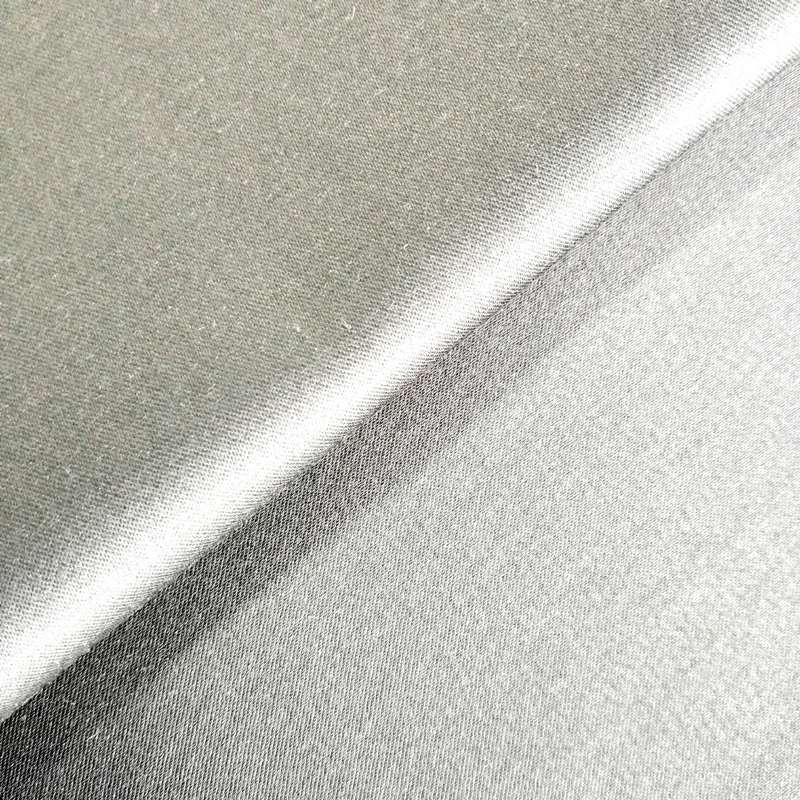Explanation 1: “Light up”
Generally speaking, the phenomenon of “lighting up” refers to the phenomenon of “homochromatic metamerism”:
Two color samples (one standard and one comparison sample) appear to be of equal color (no color difference or small color difference) under one light source (such as D65), while they exhibit significant color difference under another light source (such as A), which is called the “homochromatic metamerism” phenomenon
For this situation, we can describe it as’ lighting up '. That is to say, whether the sample can be matched with the standard sample for color matching depends on selecting a specific light source.
The fundamental reason is that the two samples have different reflections of light (reflection spectrum curves or visible band reflectivity), so it is called “Metamerism”.
The reasons for the “abnormal spectrum” include:
Α、Η σύνθεση των χρωστικών που χρησιμοποιούνται για τη χρώση είναι διαφορετική.
Β、Διαφορετικές μέθοδοι επεξεργασίας, κ.λπ.
Explanation 2: “Jumping lights”
In fact, when we talk about “Tao light” in daily life, besides the above meaning, there is another layer of meaning:
It refers to the situation where a single color sample undergoes dramatic color changes under different light sources. At this point, it can be described by “jumping the light”.
So, “jumping the light” can also be said to be a sample.
Για παράδειγμα, ο μηχανικός βαφής στην CIBA θα έλεγε όταν συνιστούσε τη βαφή CIBA DEEP RED: Αυτή η βαφή δεν γίνεται κόκκινη κάτω από το φως Α.
(Ο συγγραφέας κατανοεί ότι παρόλο που μια πηγή φωτός περιέχει μεγάλη ποσότητα κόκκινου και κίτρινου φωτός, η χρωστική CIBA DEEP RED δεν θα είναι πολύ πιο κόκκινη από ό,τι με την πηγή φωτός D65.)
Post time: Μάι . 10, 2023 00:00




















 Φιλικό προς το δέρμα
Φιλικό προς το δέρμα Πολύπλευρος
Πολύπλευρος Διαρκής
Διαρκής Βέβαιος
Βέβαιος
